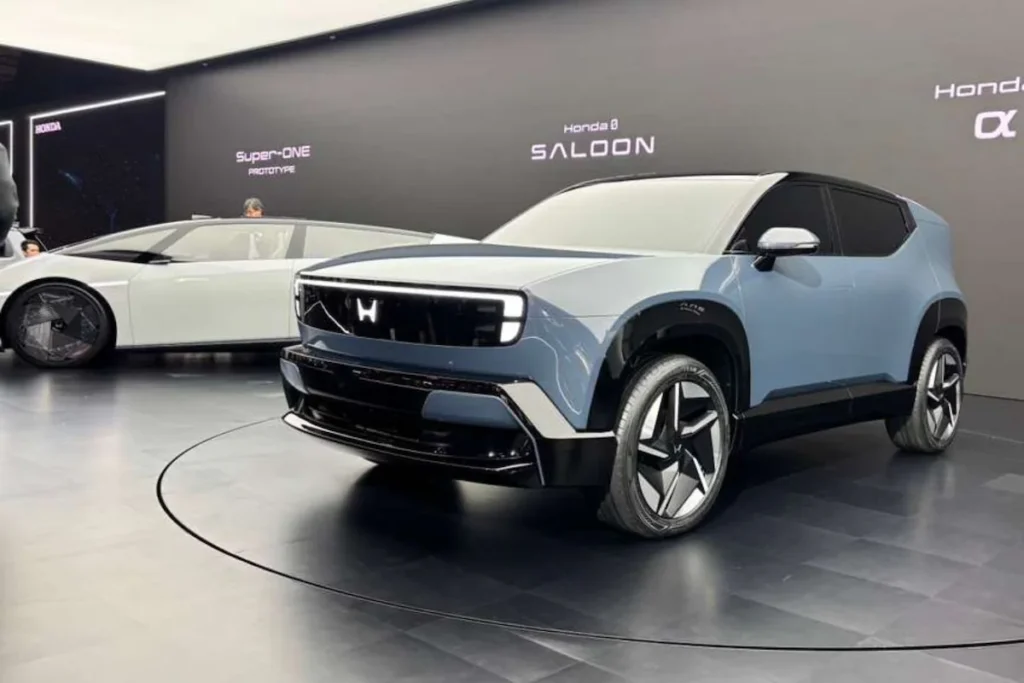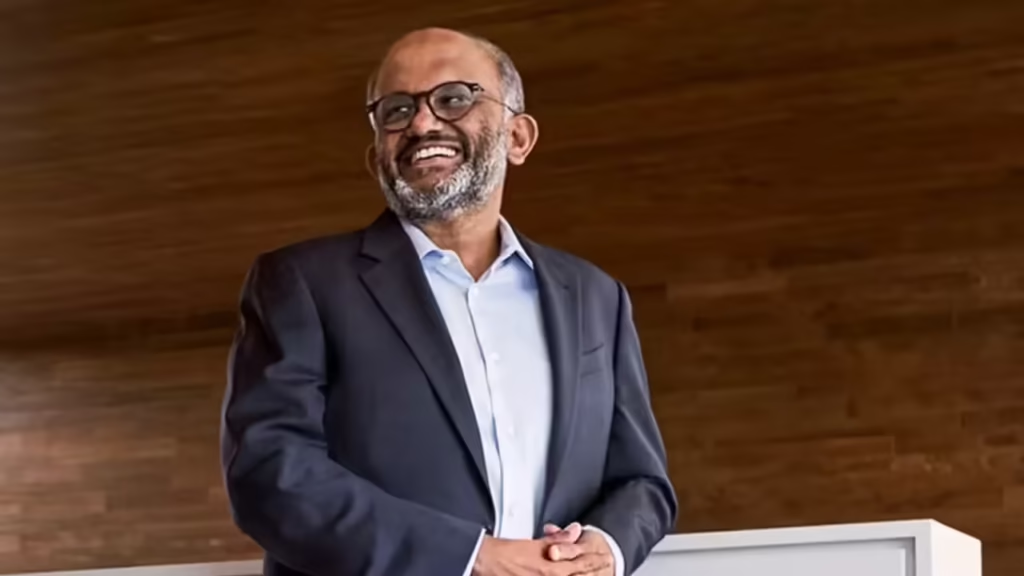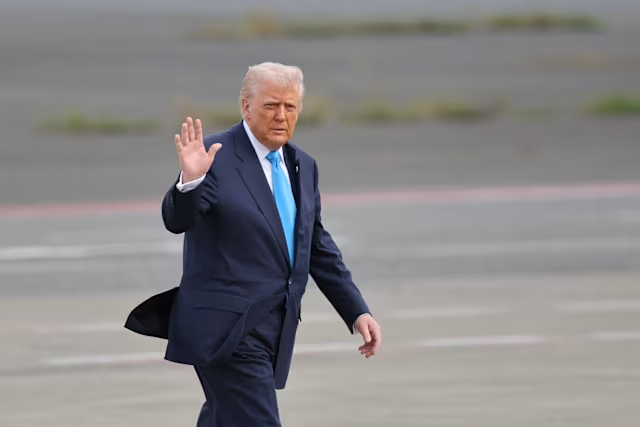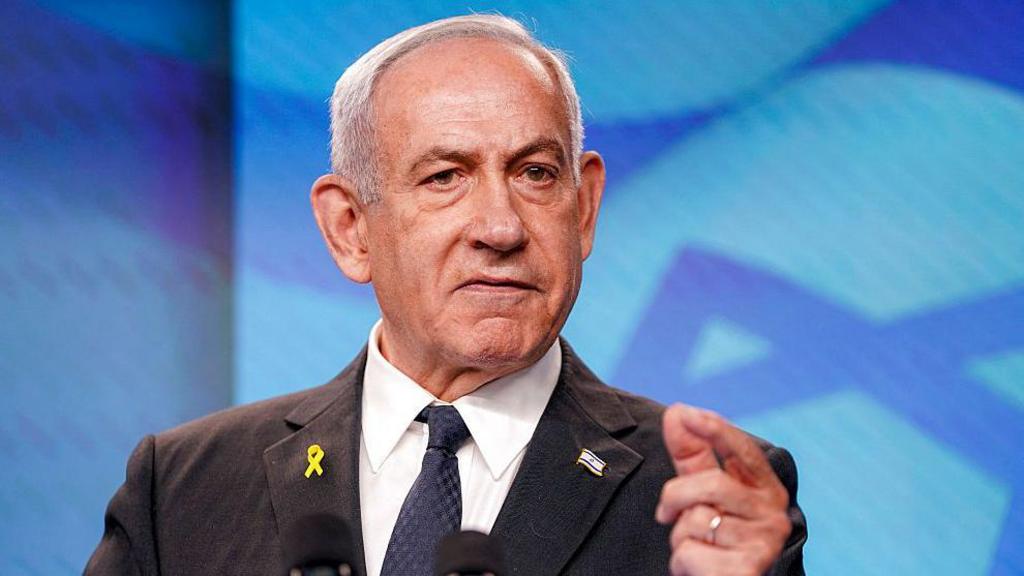Now Reading: Trump’s Tariff Talk Returns, But Will It Really Hurt India’s Trade?
-
01
Trump’s Tariff Talk Returns, But Will It Really Hurt India’s Trade?
Trump’s Tariff Talk Returns, But Will It Really Hurt India’s Trade?

With Donald Trump eyeing a return to the White House, his familiar tariff threats are making headlines again. But trade experts believe that whether there’s a new India-US trade deal or not, the impact on India might be limited. For Indian exporters, manufacturers, and policymakers—especially in Tier 2 cities—this is more about managing expectations than fearing a full-blown disruption.
What Trump Is Saying
Trump has hinted at revisiting trade policies if re-elected, potentially reviving tariff-based strategies that marked his previous term. This includes pressuring countries like India with duties on goods ranging from textiles to steel.
However, many analysts argue that these statements are more about campaign optics than likely policy changes. Even if tariffs return in some form, they’re unlikely to drastically shift the India-US trade relationship, which has already adapted over the years.
India’s Trade Ties With the US Are Broader Now
Over the last five years, India’s trade with the US has diversified. It’s no longer just about traditional exports like garments and leather. Now, pharmaceuticals, IT services, auto parts, and electronics play a major role.
So, even if a few sectors are targeted with higher tariffs, the overall volume of trade may remain steady. Plus, many Indian companies now have operations or partnerships inside the US, which helps reduce the risks tied to duties.
Why It Matters for Tier 2 Cities
Cities like Surat, Ludhiana, Tirupur, and Rajkot—hubs for textiles, engineering goods, and small-scale manufacturing—watch US trade developments closely. While some exporters may face pricing pressure if tariffs rise, most are already exploring alternative markets or value-added products to stay competitive.
Also, the weak global demand and currency fluctuations often have more immediate effects than trade deals or diplomatic statements.
India’s Policy Strategy Has Changed Too
India is now more focused on self-reliance and bilateral deals with key partners like the UAE, Australia, and the EU. That means a single deal—or the lack of it—with the US doesn’t hold as much weight as it once did.
The government has also introduced schemes like PLI (Production-Linked Incentive) to reduce export dependency and build strong domestic supply chains. This gives Indian businesses more breathing room against global shocks.
Conclusion
Trump’s tariff talk might sound like déjà vu, but India is in a better place today to handle it. The country’s trade basket is broader, its policy stance is more resilient, and its exporters are more agile. While any shift in US politics will need close attention, India’s trade story won’t hinge on one leader or one deal anymore.

























